Features of crushed stone flakiness and its definition
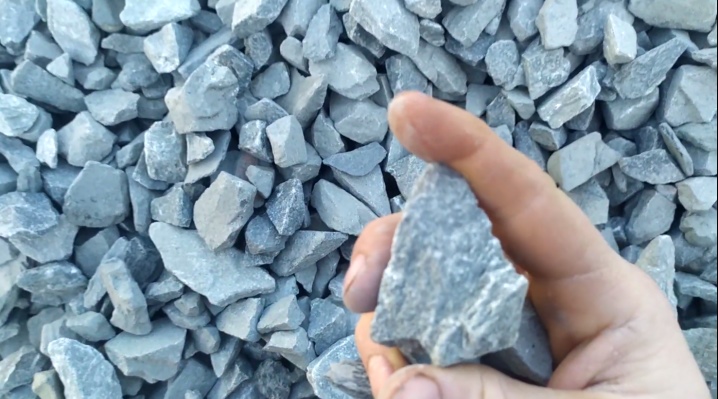
Crushed stone is a strong frost-resistant dense radioactive bulk material. It is obtained in the process of crushing various rocks. It can be used both as an independent material and as a filler. It is impossible to build a foundation without rubble, create an embankment for further road construction, prepare a cement-sand mortar.
Crushed stone is characterized by flakiness. You should be aware of such a characteristic of the material and how to determine it.
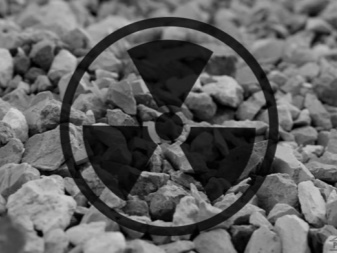
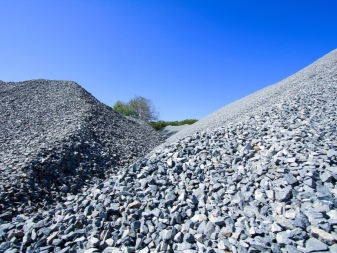
What it is?
Flakiness is an indicator by which the amount of unformatted crushed stone in each specific fraction is determined as a percentage. Crushed stone is considered ideal and suitable for use, the shape of the grains of which is spherical or cubic. By non-formatted is meant a material, the particles of which are characterized by a needle-shaped or plastic shape. Its size and shape does not meet regulatory requirements, but any fraction of crushed stone contains non-formatted elements. The flakiness index of bulk building material is influenced by certain factors.
- The raw materials are various types of rocks, each of which has different characteristics. Crushed stone of a cubic form, which is obtained by crushing granite and diabase, has the best flakiness indicator.
- Method of obtaining. Today, in practice, 2 methods of crushing rocks are used to obtain crushed stone. The first way is "shift-compression". Its use does not give good results and quality raw materials. The second is "shock - reflective". It is he who makes it possible to get the crushed stone as close as possible to the ideal.
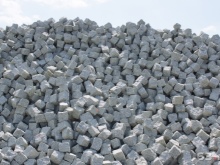
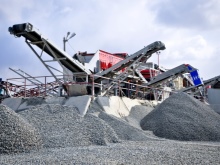

Overview of crushed stone groups
The material is divided into several groups depending on the flakiness index.
- 1 group. This category includes crushed stone obtained by crushing granite. The shape of the grains is predominantly cuboid. Unformatted elements are present, but their number does not exceed 10%. This crushed stone is the most demanded and of high quality.
- Group 2. The main raw material for obtaining crushed stone of the 2nd flakiness group is granite. The number of unwanted elements is not more than 15%.
- Group 3. Crushed crushed stone, in which non-formatted elements are present in an amount of about 25%. It is obtained from soft rocks, most often limestone.
- 4 group. The number of low-quality elements is quite large: about 35%. Such an indicator excludes the possibility of using the material during the construction process.
- 5 group - the highest flakiness indicator. This is a low-grade material, in which the amount of acicular and plastic grains is approximately 50%.
This parameter, the methods of its calculation and the belonging of crushed stone to a certain group are determined by GOST 8267 - 93.

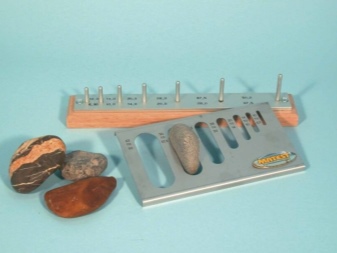
How to determine?
Surely many will ask the question of how flakiness can be determined, and what is required for this. The determination of the flakiness of the material is as follows. At the first stage, it is necessary to select needle-shaped and plastic grains from a specific one fraction. To determine an unformatted element, it is enough to use a caliper or a special template that experts recommend to use to obtain a more accurate result.
After the material has been sorted, the selected elements must be weighed. Next, the calculation is made using the formula: Sl = m1 / m2 * 100%.In this formula, Sl is the flakiness, m1 is the total weight, m2 is the mass of a specific non-formatted element. Next, check the result (percentage) with the indicators in the table.
|
Flakiness group |
Percentage |
|
1 |
Less than 10% |
|
2 |
10–15% |
|
3 |
15–25% |
|
4 |
25–35% |
|
5 |
35–50% |
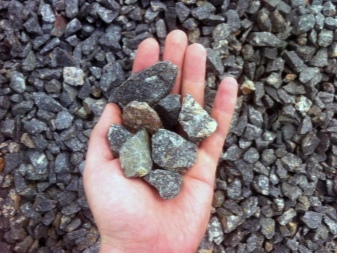
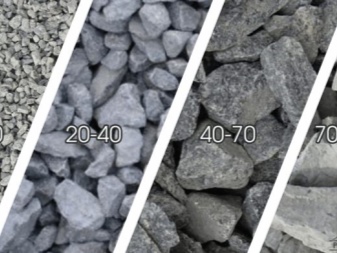
Application of crushed stone depending on flakiness
- Material that belongs to category 1 or 2, the highest quality and most reliable, therefore it is used in the process of pouring reinforced concrete structures, installation of foundation blocks. The high coefficient of strength and wear resistance makes it possible to use crushed stone for arranging car parks.
- Dry cement is made from crushed stone of 3 and 4 flakiness groups. Such types are categorically not recommended for use for concrete pouring, since its strength is not high enough.
- Crushed stone of the 5th category characterized by low strength, wear resistance. This material is only suitable for surface casting of foundations for temporary structures. It is also used for filling temporary roads.
















The comment was sent successfully.